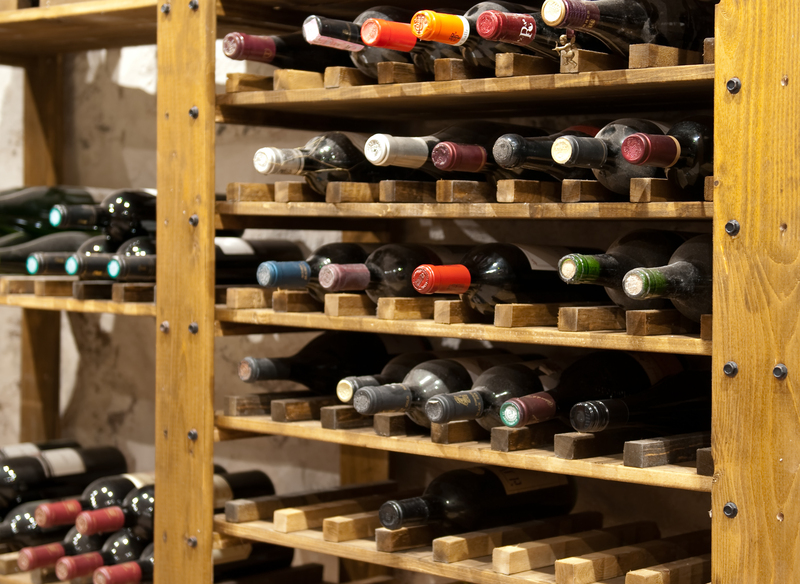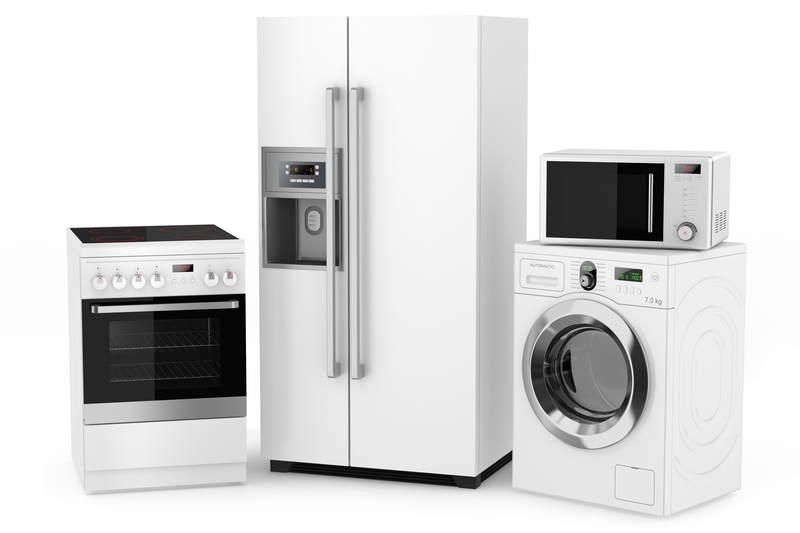How Professionals Move Pianos and Why You're Safer Not Doing It Yourself
Moving a piano is no ordinary task. Whether it's an upright, a baby grand, or a concert grand, pianos are among the heaviest and most delicate musical instruments to move. This process requires experience, skill, and the proper equipment to ensure both your investment and your own safety. In this comprehensive article, we explore how professionals move pianos and the reasons why hiring experts is always safer than attempting a DIY piano move. If you're considering moving your piano, keep reading for essential information and expert advice.
Understanding the Complexity of Piano Moving
It's easy to underestimate the challenges associated with piano moving. Many people assume it's a matter of muscle power and a sturdy pair of hands, but that couldn't be further from the truth.
The Sheer Weight and Bulkiness of Pianos
- Upright pianos typically weigh between 300 and 500 pounds, depending on the model and materials used.
- Baby grand pianos can weigh between 500 and 650 pounds.
- Grand pianos and concert grands often tip the scales at up to 1,400 pounds!
Even the lightest pianos are awkward to handle due to their uneven weight distribution, fragile structure, and sensitive internal components.
The Delicate Structure of Pianos
Beyond their imposing size, pianos feature hundreds of intricate moving parts--including strings, hammers, pedals, and keys--that can easily be damaged with the slightest jolt or mishandling. The outer casing, usually made of polished wood, is prone to scratches and dents, further highlighting the need for specialized care.

How Professional Piano Movers Approach the Job
Moving professionals possess the experience, tools, and techniques required for protecting pianos and ensuring a smooth transition. Below is a step-by-step overview of the professional piano moving process:
1. Pre-Move Assessment
- Site inspection: Movers evaluate both the current and destination spaces, noting door measurements, staircases, narrow corridors, and obstacles.
- Route planning: They plan the safest, most efficient path, considering all potential risks along the way.
2. Disassembly (if necessary)
- Piano movers may need to remove legs, pedals, and lid (especially for grands) to make transportation easier and safer.
- Each removable part is carefully packed and labeled to avoid loss or damage.
3. Securing and Padding
- The piano is wrapped in thick blankets and custom padding to protect its surface and structure.
- Edges, corners, and other vulnerable areas receive extra protection.
4. Specialized Moving Equipment
- Movers use heavy-duty piano dollies, piano boards, ramps, and straps designed specifically for pianos--ensuring stability and safety during transport.
- In cases where stairs or tight turns are involved, professionals may use hoists or cranes to move the instrument safely through windows or balconies.
5. Safe Transportation
- Pianos are loaded into climate-controlled vehicles using hydraulic lifts, minimizing movement and vibration during transit.
- Movers secure the piano firmly inside the truck to prevent shifting and potential damage.
6. Reassembly and Placement
- Upon arrival, the professional piano movers reattach all removed parts and carefully position the piano in its new location.
- They make adjustments to ensure proper balance and function, often recommending a tuning after resettling.
Why Moving a Piano Yourself is Risky
The allure of saving money with a DIY piano move is understandable. However, The risks far outweigh any potential savings. Here's why:
Personal Injury Risks
- Improper lifting techniques with such a heavy object can result in severe back injuries, crushed fingers, and strained muscles.
- Slips, trips, and falls can occur when navigating staircases or tight spaces.
- Lack of training means you won't recognize early warning signs of equipment or structural failure.
Potential Damage to the Piano
- Piano movers know how to distribute weight and manage awkward shapes; one wrong move can irreparably damage your prized instrument.
- Scratches, cracked wood, bent pedals, and misaligned internal components are all common outcomes of amateur attempts.
- DIYers rarely possess the right tools--like piano skid boards, straps, and dollies--which increases fragility and risk during transit.
Property Damage Concerns
- Untrained movers can easily dent walls, gouge floors, or bang into doorframes when maneuvering a cumbersome piano.
- Dropping a piano can cause catastrophic damage to both the property and anyone nearby.
Insurance and Liability Issues
- Most homeowner's insurance does not cover damages arising from self-moves, especially for specialist items like pianos.
- Professional movers are licensed and insured, giving you peace of mind should any accidents occur during the process.
Benefits of Hiring Professional Piano Movers
Entrusting your piano to professional movers offers several significant advantages, making it the clear choice for most owners:
- Experience and Training: Movers undergo extensive training in handling, lifting, dismantling, and transporting different types of pianos.
- Specialized Equipment: Professionals show up prepared with all the proper gear, from skid boards to heavy-duty straps and vehicles.
- Minimized Risk: They know how to assess hazards and prevent accidents before they happen.
- Protecting Investment: With experience and insurance, movers safeguard your instrument and financial investment.
- Time Efficiency: Professional teams work quickly and effectively, freeing you up for other aspects of the move.
Comparing the Costs: DIY vs. Professional Piano Moving
The temptation to cut corners by moving your piano yourself is strong, but it's worth carefully considering all related expenses and risks.
Costs of Do-It-Yourself Piano Moving
- Rental of truck and moving equipment
- Costs for moving blankets, straps, and protective pads
- Potential costs for repairs from damage to the piano, property, or personal injury
- Loss of time and possible disruption to your schedule
- Expense of professional tuning or repair after an accident
Costs of Professional Piano Moving
- Single, up-front charge (sometimes based on distance, type of piano, and obstacles involved)
- Insurance coverage for the move
- Less time required, no risk of personal injury or unforeseen damages
- Professional advice on positioning and re-tuning
While it may initially seem more expensive to hire experts, the potential costs of mishaps--both financial and personal--are much higher if you try to move a piano on your own.
Key Questions to Ask Your Professional Piano Movers
If you choose to hire expert piano movers, it's wise to vet your options. Here are some critical questions to ask:
- How many years of experience do you have in piano moving?
- Are you fully insured and licensed?
- What equipment do you use for different types of pianos?
- Can you provide customer references or testimonials?
- What steps do you take to protect my piano and property?
- How do you handle stairs or difficult access points?
- What happens if there is any damage during the move?
Frequently Asked Questions: Piano Moving
Q: Can I move my piano with the help of a few friends?
A: While possible, it's never recommended. The sheer weight, size, and complexity of a piano make it too risky without proper expertise.
Q: How long does it take professionals to move a piano?
A: Depending on complexity and location, the process can take anywhere from 30 minutes to a few hours, thanks to efficient teamwork and planning.
Q: Does moving a piano affect its sound?
A: Relocation can impact tuning due to vibrations and changes in humidity. Movers often recommend a professional tuning after the instrument settles into its new environment.

Tips for Preparing Your Piano for a Professional Move
- Clear the area: Make sure hallways and doorways are clear of obstacles before the movers arrive.
- Inform your movers: Let them know about tight spaces, stairs, or any other challenges ahead of time so they can bring the correct equipment.
- Remove loose items: Take any sheet music or decorative items off the piano before the move.
- Secure the lid: For grand pianos, ensure the lid is closed (but don't attempt to remove parts yourself).
- Document condition: Take photos of your piano beforehand for reference in the unlikely event of a claim.
Conclusion: Trust the Pros for Safe and Secure Piano Moves
When it comes to moving a piano, skill, experience, and the right equipment can mean the difference between a seamless transition and a costly disaster. The pros not only protect your valuable instrument and personal safety, but also spare your property from damage. In most cases, hiring professional piano movers is one of the wisest investments a piano owner can make. The next time you need to relocate your piano, remember: your peace of mind, your piano, and your back are worth it.
Ready to move your piano safely and stress-free? Contact reputable piano moving specialists in your area for a quote and expert assistance today!



